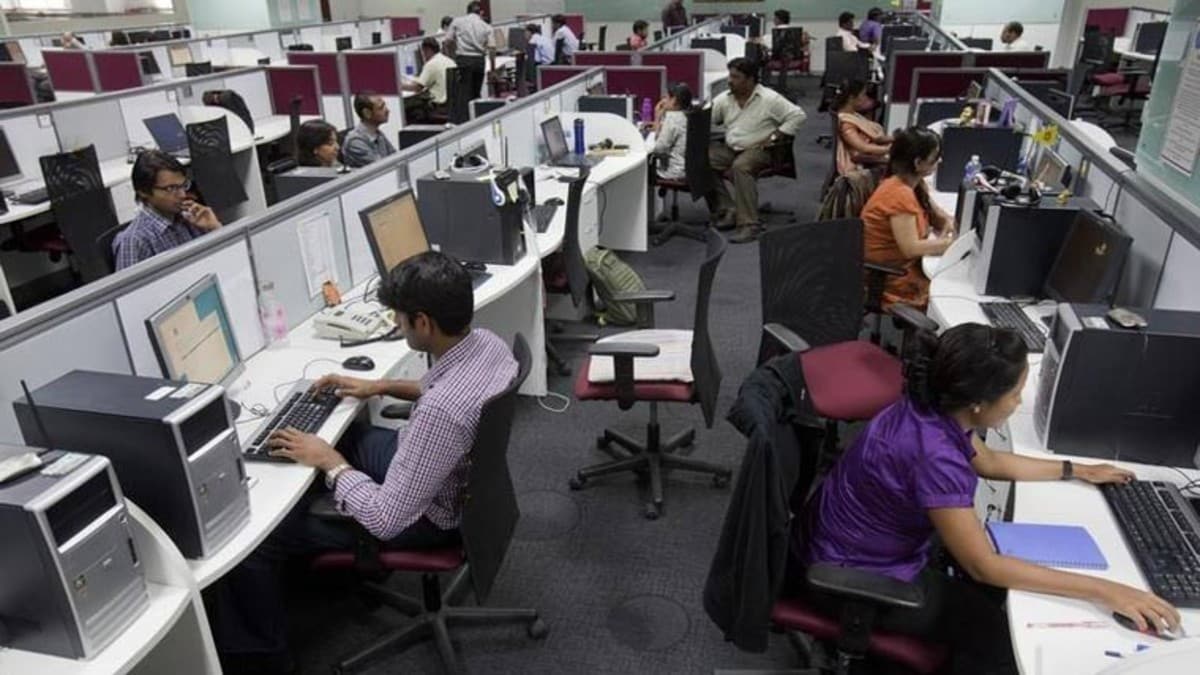The National Judicial Appointments Commission, which the Supreme Court axed in 2015, needs to come back...
. Read More The judiciary is often regarded as the guardian of democracy, but at present, some concerns over its working have come into sharper focus. The latest controversy involves Justice Yashwant Varma of the Delhi High Court, who has become the face of this crisis.

A video surfaced allegedly showing large sums of cash at his residence, with no clear explanation. The public outcry that followed prompted the Chief Justice of India to take action, leading to the formation of a three-judge inquiry panel. As a result, Varma has been relieved of judicial duties and repatriated to the Allahabad High Court.
However, this issue extends beyond one individual—it is a stark reminder of the systemic challenges that have plagued the judiciary for years. Noted commentator, author, and scientist, Dr Anand Ranganathan on X (formerly Twitter) did not hold back, and why should he? On September 21, 2023, he dropped some hard truths: only 12 per cent of high court and Supreme Court judges are women. Not one of the 25 high courts has a female chief justice, and the Supreme Court has never had one either.
He went further, pointing out that only 3 per cent of these judges are Dalits, while the SC has never had a judge from the Scheduled Tribes. His concern is clear—if reservations are considered a “moral obligation" in other sectors, why is the judiciary exempt? He calls it hypocrisy. In another post, he laid out further troubling statistics: 47 million cases pending, just 20 judges per million people, 21 per cent of judicial posts empty, 50 per cent of high court judges related to judicial members, and—get this—Supreme Court judges admitting to corruption.
Yet, the power to appoint judges remains solely with the judiciary. Ranganathan’s assessment is blunt: the judiciary is in crisis, and the collegium system lies at the heart of the problem. He considers the collegium—a system where judges pick their own replacements—to be highly problematic.
He points out that India remains the only country to let unelected folks build their own clique with no one watching. The National Judicial Appointments Commission (NJAC), which the Supreme Court axed in 2015, needs to come back. It wasn’t flawless, but it was envisaged to better the judicial system.
The NJAC had proposed six people: three judges, the law minister, and two eminent persons. Any two could veto a pick, forcing real discussion. However, the Supreme Court rejected it, citing concerns over “independence.
" Independence from what—scrutiny? Regional balance within the judiciary is virtually non-existent. Some High Courts go years without a single judge being elevated to the Supreme Court, leaving experienced and capable judges waiting in vain for recognition by the collegium. Community representation is another concern—unless the collegium takes corrective action, the Supreme Court may soon be without a Muslim judge.
Supersessions remain a contentious issue. Justices Dhulia and Pardiwala were appointed to the Supreme Court ahead of numerous senior judges—Dhulia was elevated over 23 Chief Justices, while Pardiwala was chosen over 25 High Court judges. The collegium defends such decisions in the name of “merit," but the lack of transparency continues to raise questions.
Mukul Rohatgi, former Attorney General of Bharat, on March 25, 2025, told the press, “The will of the people is expressed in the Parliament...
parties cutting across party lines came together for NJAC." He’s not wrong. The NJAC had support from all sides, unlike the collegium system, which operates behind closed doors.
Rohatgi also referred to the Constituent Assembly Debates—specifically from 24 May 1949—where Dr BR Ambedkar stated that the president should appoint judges “after consultation" with the Chief Justice of India, not with “concurrence." The framers of the Constitution did not intend for the judiciary to have unchecked control over appointments. According to Rohatgi, the collegium system amounts to a power grab.
He had argued in favour of the NJAC in court and maintains that the 2015 verdict striking it down was deeply flawed. The late Arun Jaitley, former law minister and a strong advocate of the NJAC, saw it as a necessary reform in a system where judicial “independence" was being used as a shield against accountability. Rohatgi said Jaitley “could call a spade a spade.
" Damn right. The collegium system is not just opaque—it is virtually untouchable. Over 50 million cases remain pending, while High Courts operate with a 40 per cent shortfall in judges due to ongoing disagreements between the collegium and the government.
Justice is being delayed, caught in bureaucratic deadlock, yet the collegium remains preoccupied with its internal workings. Concerns over judicial accountability are not unfounded. Instances of judges appearing disinterested, arriving late, or even dozing off in court have been captured on camera.
Nepotism remains a persistent issue, with the relatives of former judges often securing prestigious appointments. The collegium defends its authority in the name of judicial independence—but independence from whom? The very people the judiciary is meant to serve? Other democracies have adopted more transparent selection processes. The United Kingdom and South Africa, for instance, have independent judicial commissions, yet their courts function effectively under oversight.
India is no exception in requiring reform. Legal experts have long criticised the collegium system. Former Attorney General KK Venugopal described it as a “closed system" that breeds nepotism and kills merit.
He said the NJAC’s mix of voices—judges, government, civil society—would’ve picked better people. The late Ram Jethmalani was an outspoken critic, calling the collegium “a disaster" and advocating for the NJAC to curb judicial insularity. Even Justice Jasti Chelameswar, the sole dissenter in the 2015 NJAC ruling, trashed the collegium as “opaque" and said the NJAC wasn’t the enemy—it was a way to stop insider deals.
It’s not just about appointments. Prof. Ranganathan of the JNU has adduced numbers: 47 million pending cases, 21 per cent of judicial posts vacant, only 20 judges per million people.
That’s a system on its knees. And the corruption? Supreme Court judges have admitted it themselves. Yet the collegium keeps the cycle going, appointing more of the same.
The NJAC could’ve broken that logjam by bringing in more voices—judges, government, regular folks. It wasn’t about handing the judiciary to politicians; it was about making judges answerable for their picks. On Monday, Vice President and Rajya Sabha Chairman Jagdeep Dhankhar met with JP Nadda and Mallikarjun Kharge to discuss judicial accountability and the NJAC Act.
Dhankhar also convened a meeting of all party leaders to address the fallout from the Varma case. These discussions signal the gravity of the situation—the issue can no longer be ignored. The Varma episode serves as a wake-up call.
The system is under strain, and the collegium is not the solution. The NJAC, despite its flaws, offered a more balanced approach—bringing in diverse perspectives, introducing checks and balances, and fostering trust in judicial appointments. It was not perfect, but rather than scrapping it entirely, improvements could have been made—such as refining the selection of eminent persons or allowing the Chief Justice to break deadlocks.
Dismissing the NJAC outright for being imperfect was a missed opportunity for meaningful reform. Yuvraj Pokharna is an independent journalist and columnist. He tweets with @iyuvrajpokharna.
Views expressed in the above piece are personal and solely those of the author. They do not necessarily reflect News18’s views..
Politics

Write Mind | Why India Must Reconsider NJAC

The National Judicial Appointments Commission, which the Supreme Court axed in 2015, needs to come back. Dismissing it outright for being imperfect was a missed opportunity for meaningful reform















